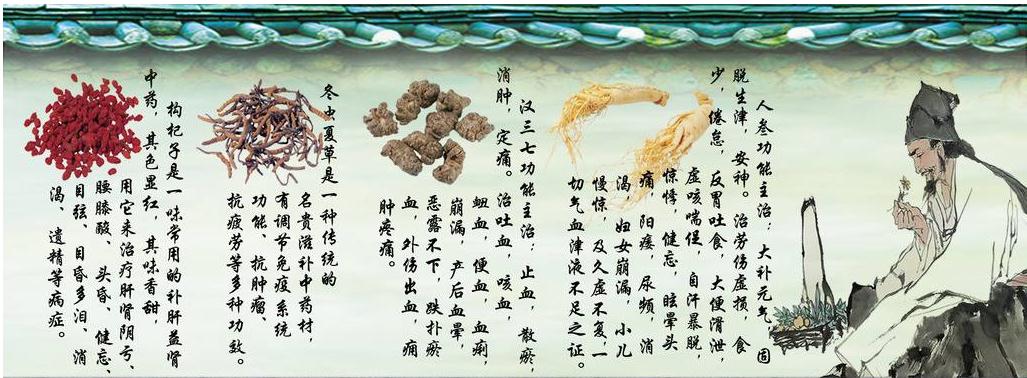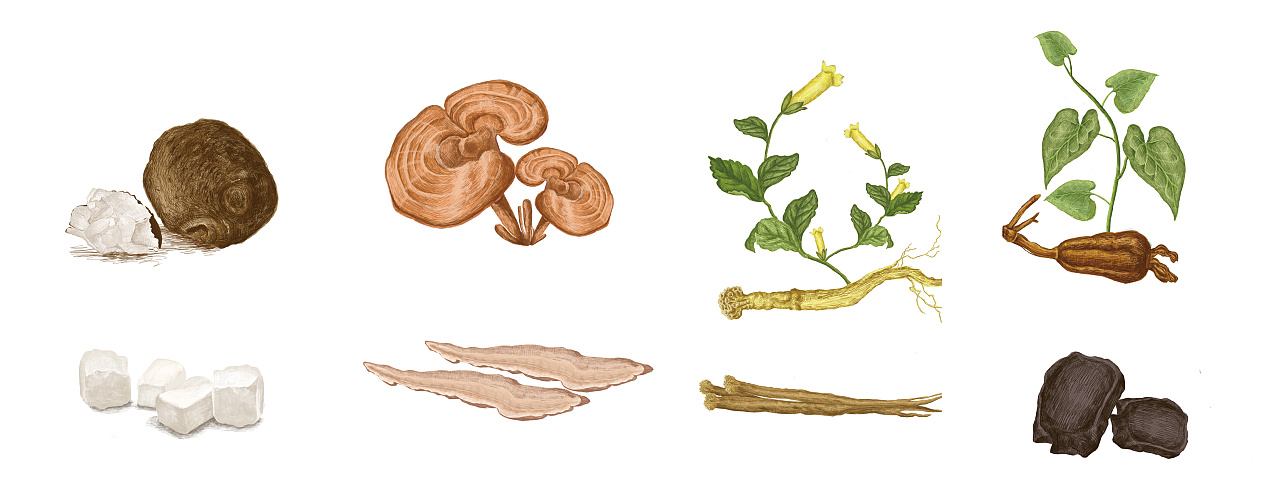Cao Yiping (Professor, China Agricultural University): The characteristics of peach tree nutrition are that its demand and absorption of phosphorus and potassium are higher than that of apples and pears. Therefore, in addition to guaranteeing sufficient nitrogen supply, the use of peaches should be sufficient. Pay attention to the application of phosphorus and potash fertilizers, and this case has just ignored this point. In the top-dressing period of peach trees, it is not sufficient to pay attention to a large number of topdressing nitrogen fertilizers. In particular, it is necessary to pay attention to both nitrogen control and topdressing of potassium fertilizer in the full fruit period.
In this case, partial nitrogen application was used. Due to the poly-nitrogen and water, the production of peach trees does not conform to the nutrient laws and the effect is not satisfactory. If the practice of partial nitrogen application is continued, the pests and diseases will be aggravated in the future, and fresh peaches will suffer from poor storage traits.
To this end, the following recommendations are made for the application of peach trees:
1. Autumn base fertilizer. Base fertilizer should not only be applied immediately after fruit picking, but also pay special attention to the application of organic fertilizer. At the same time, it is necessary to apply N, P, K fertilisers, either general-purpose compound fertilizers or simple fertilizers with diammonium phosphate plus potassium sulfate, in amounts of 1-2 kilograms per plant, and the application methods should be applied in radial furrows or in ring-shaped joints. This is good for root recovery.
2. Grasp the second fertilizer before and after flowering. The topdressing during flowering is carried out when the spring buds germinate. Fertilizers should be compound fertilizers dominated by nitrogen fertilizers and potassium fertilizers, with 1-1.2 kg per plant. Do not topdress only urea. The method of applying topdressing fertilizer is to spread the manure and soil, and the topdressing after flowering should be carried out during fruit enlargement period. The quantity of top dressing is slightly more. The proportion of nitrogen fertilizer and potassium fertilizer is more than potassium, and 1.2-2 kg per plant is appropriate.
3. Top dressing outside the roots. High-yielding peach trees are sensitive to trace elements and are particularly susceptible to iron deficiency, calcium deficiency and boron deficiency in calcareous soils in North China. When the peach tree is iron-deficient, the leaves of the new tree will lose its green color. If the phenomenon of horizontal turning of the peach leaves is found to be calcium deficiency in peach trees, it can be sprayed with 0.5%-0.8% calcium nitrate solution or 0.3%-0.5% calcium chloride solution. The top dressing should be sprayed continuously for 2-4 times before it has an effect.
Chinese Herbal Medicine (English name: Chinese herbal medicine): Chinese medicine is mainly composed of botanical medicine (root, stem, leaf, fruit), animal medicine (viscera, skin, bone, organs, etc.) and mineral medicine. Because botanical medicine accounts for the majority of Chinese medicine, Chinese medicine is also called Chinese herbal medicine.
There are about 5,000 kinds of Chinese medicines used in various parts of China, and there are countless prescriptions made by combining various medicinal materials. After thousands of years of research, an independent science, Materia Medica, has been formed. Various medical schools in China have set up the course of natural medicine, which is called the Chinese herbal medicine.
The concept of plant extracts can be accepted and recognized by various countries, and it is also a common expression used to spread herbal medicines in various countries. The export value of plant extracts in China exceeded the export value of Chinese patent medicines as early as 1999. In European and American countries, plant extracts and their products (plant medicines or food supplements) have a broad market prospect, and have developed into an emerging industry with annual sales of nearly 8 billion US dollars.
The plant extracts in China are generally intermediate products, which are widely used, mainly used as raw materials or auxiliary materials for medicines, health foods, tobacco, cosmetics, etc. There are also many kinds of raw material plants used for extraction, and there are more than 300 plant varieties that are extracted industrially.





Chinese Herbal Medicine
China Herb,Best Chinese Herbs,Chinese Healing Herbs,Chinese Herbal Medicine
Guangzhou Zhongzhinan Supply Chain Co.,Ltd. , https://www.gzzhongzhinan.com